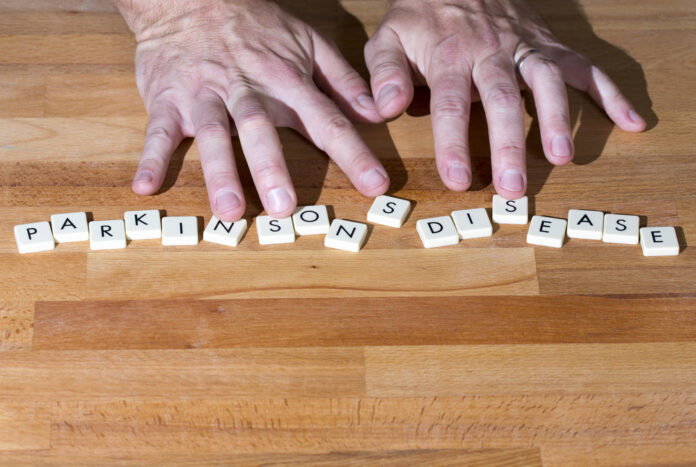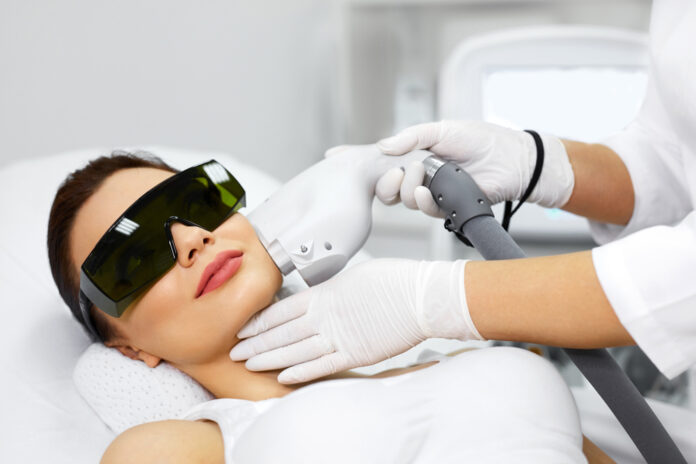An early diagnosis of Parkinson’s disease, which can cause significant concern, is less common in patients younger than 50. A diagnosis of these diseases can cause significant life-threatening complications, including a decline in quality of living for the patient and their loved ones. You should also remember that Parkinson’s disease can have different effects on different people. Many may only experience mild motor symptoms.
Early diagnosis of Parkinson’s disease is more likely to be due to genetic factors. This means that the disease can progress differently in older patients. This awareness can help a person receive the support they need. What is early-onset Parkinson’s disease?
According to the National Institute on Aging, even though the disease’s most obvious symptoms are around 60 in 5-10% cases, it can also develop before 50. This is called early-onset Parkinson’s disease. Some people may also develop symptoms before age 20. This is called juvenile Parkinson’s disease. The American Parkinson’s Disease Association has confirmed this, saying that between 6,000 and 12,000 Americans are affected by the early-onset form.
Scientists have discovered that the cause of this condition is a mix of genetic and environmental factors. 10% of cases are believed to have a genetic background, and most patients are younger.
Some symptoms can be more severe in the elderly than they are in younger people. These symptoms include:
Problems in body stability and balance
Memory Loss and Even;
Confusion.
Because of the above, treatment for Parkinson’s disease in an older person may be different from one that is given to a younger patient.
Signs & Symptoms
This disease can cause many symptoms. Low dopamine levels in your brain can cause these symptoms. They may have adverse effects on movement, but other people may experience nonmotor symptoms.
According to a 2015 study, the brain changes that cause the disease start six years before symptoms manifest. These symptoms include:
Tremors are shaking movements.
Tightness in the body’s parts like arms and legs.
Slow, stiff movements etc.
Conclusion
This disease cannot be cured at this time, but medication can help. These drugs can help patients manage their pain and live a more fulfilling life.













